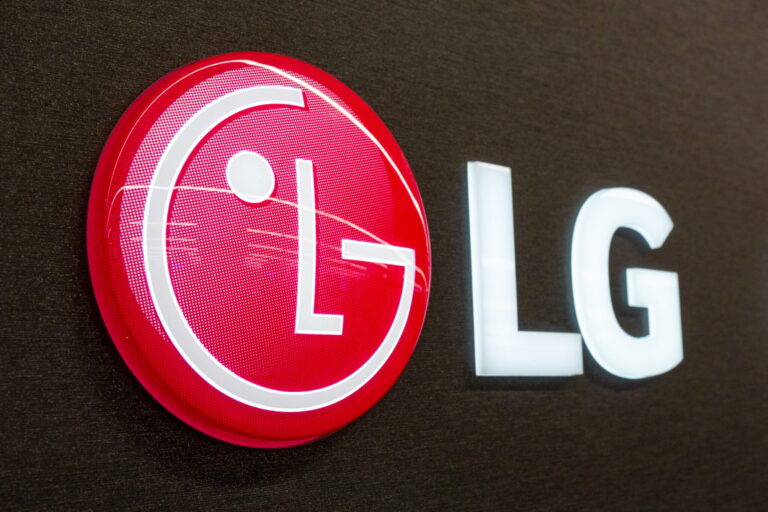
The FED and the ECB both raised their key interest rate by 0.50%. But how long will central bankers be able to play this dangerous game?
Pivot?
Jerome Powell’s press conference on Wednesday took place the day after the publication of inflation figures. Prices were up 7.1% year over year in the United States.
This figure is actually 15% if we use the old method of calculation that prevailed before the 1980s. But let’s move on…
Inflation continues to ease after peaking in June at 9.1%. This slight lull allows the FED to slow the rise in its key rate. By 0.50% against 0.75% the two previous times.
The key rate is now at 4.5%. We are at the highest since 2008, when the Fed’s monetary tightening combined with peak conventional oil caused the biggest recession since 1929.
Bis repeat in 2022/2023. In fact, real GDP has been contracting for a while now.
It must indeed be remembered that the GDP is artificially inflated by inflation. Americans may have spent as much as last year, but they got less for their dollars.
However, the “official” GDP should soon plunge again. For two main reasons:
Rising interest rates automatically reduce borrowing capacity. The amount of money injected into the economy by new generations accessing land ownership is falling, which weighs on GDP.
The second reason is that those who have variable rate loans see their monthly payments explode. This is so much less money to consume, weighing in turn on GDP growth. And inflation is the goal…
How long can the Fed afford to raise rates?
The Fed Chairman insisted that rates will not fall until inflation returns to 2%.
However, the outcome will come sooner than you think. It is obvious that prices will eventually increase more slowly and return to the 2% range.
That said, the windfall of Shale oil should not dry up tomorrow morning… Let’s not forget that inflation depends on our ability to produce. And that this production depends on the machines that need energy…
That said, rates will sooner or later go back to zero for a good and simple reason. This one:

This graph represents the number of billions the US government pays in interest each year. The exact figure for 2021 was $562 billion.
Compare with recipes from 4,000 billion and spending of 6.8 trillion dollars. Or a budget deficit of 2,800 billion having inflated the public debt to 31,000 billions of dollars.
Imagine that the borrowing rate on all US debt drops to 4%. And let’s admit that the budget deficit is not improving. Well within five years, the government will be paying over $1.6 trillion a year in interest.
This interest will then represent 40% of the current income of the United States… It will not happen. Rates will drop sooner.
Faced with the physical limits of growth that prevent us from producing ever more, the system of monetary creation through debt can only turn into a hyperinflationary headlong rush.
Hence the interest of not having one’s savings in the bank, but in a currency of which we can be certain that its monetary mass is and will remain fixed. Bitcoin.
The ECB remains behind the Fed
The ECB followed in the footsteps of the FED by raising its key rate by 0.50%, against 0.75% last month. It now stands at 2.50%.
Among the interesting statements, note that the ECB’s economic projections are based on an average price per barrel of $104 for 2022 and $84 next year.
Inflation is expected to peak at 10% by the end of the year. The return to 2% should only occur in 2025.
Other news, the ECB will start selling the debt securities it has been buying without counting since 2015. That is nearly 5,000 billion euros representing 63% of GDP. It’s 37% for the United States and 104% for Japan.
Remember that the FED had tried to do the same in 2018 before immediately backtracking. You can’t tap a ponzi…
In addition, Christine Lagarde warned that we should probably expect three further increases of 0.50% over the next few months.
This cynical meme unfortunately sums up the situation well:
Like the FED, the ECB seeks to trigger a recession. The aim is to weigh on inflation by forcing a drop in consumption. Problem, this inflation is largely linked to the latent war between the West, China and Russia in Ukraine.
And while the embargo on Russian oil could again cause sharp tensions on energy prices, the debt continues to spin to buy social peace. So far, so good…
Have your back Especially since the gentleman CBDC of the ECB, Mr. Panetta, suggests to “ban” it. There are unmistakable signs…
As Christine Lagarde says, “if there is an escape [Bitcoin]it will be used”…
Receive a digest of news in the world of cryptocurrencies by subscribing to our new service of daily and weekly so you don’t miss any of the essential Tremplin.io!






